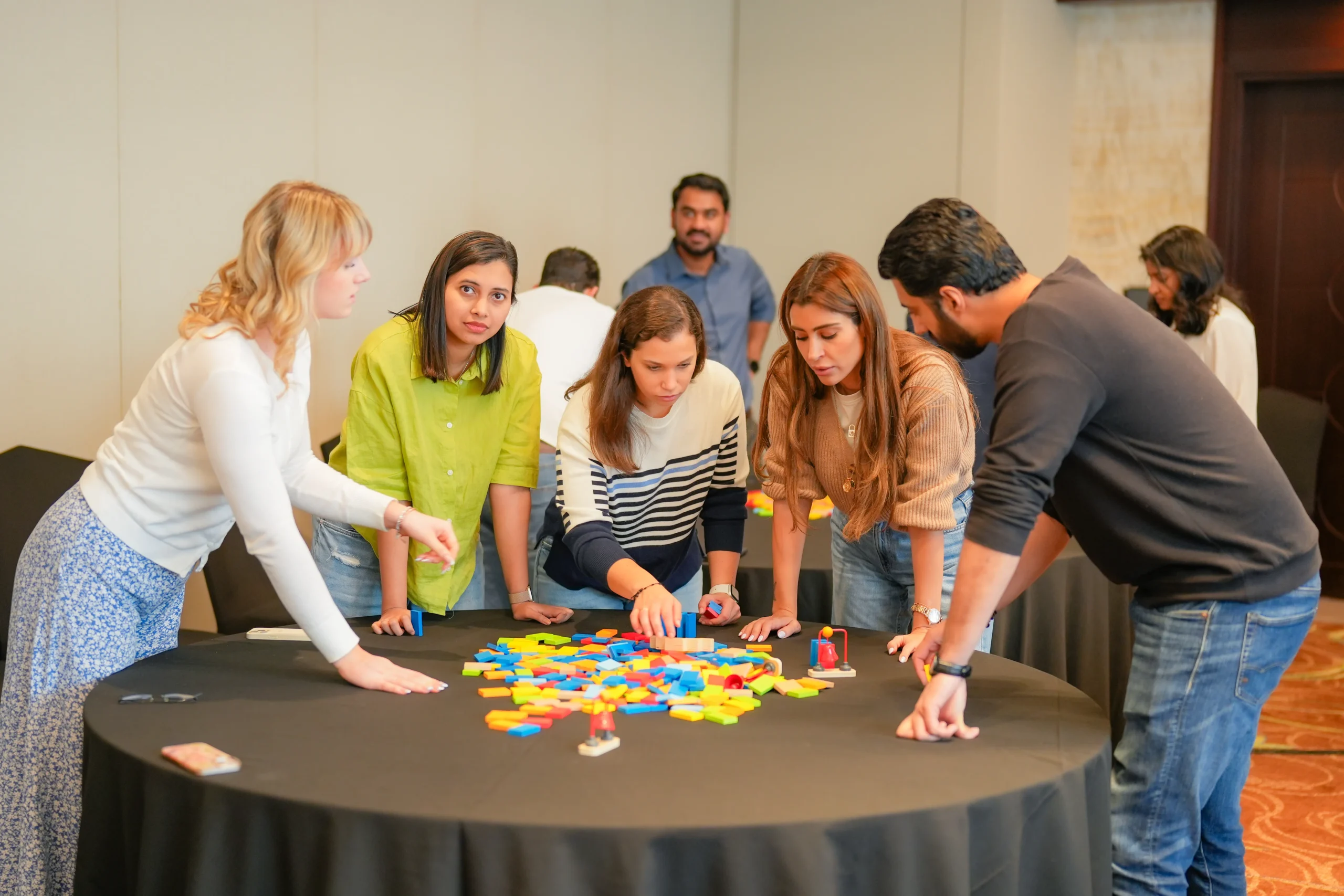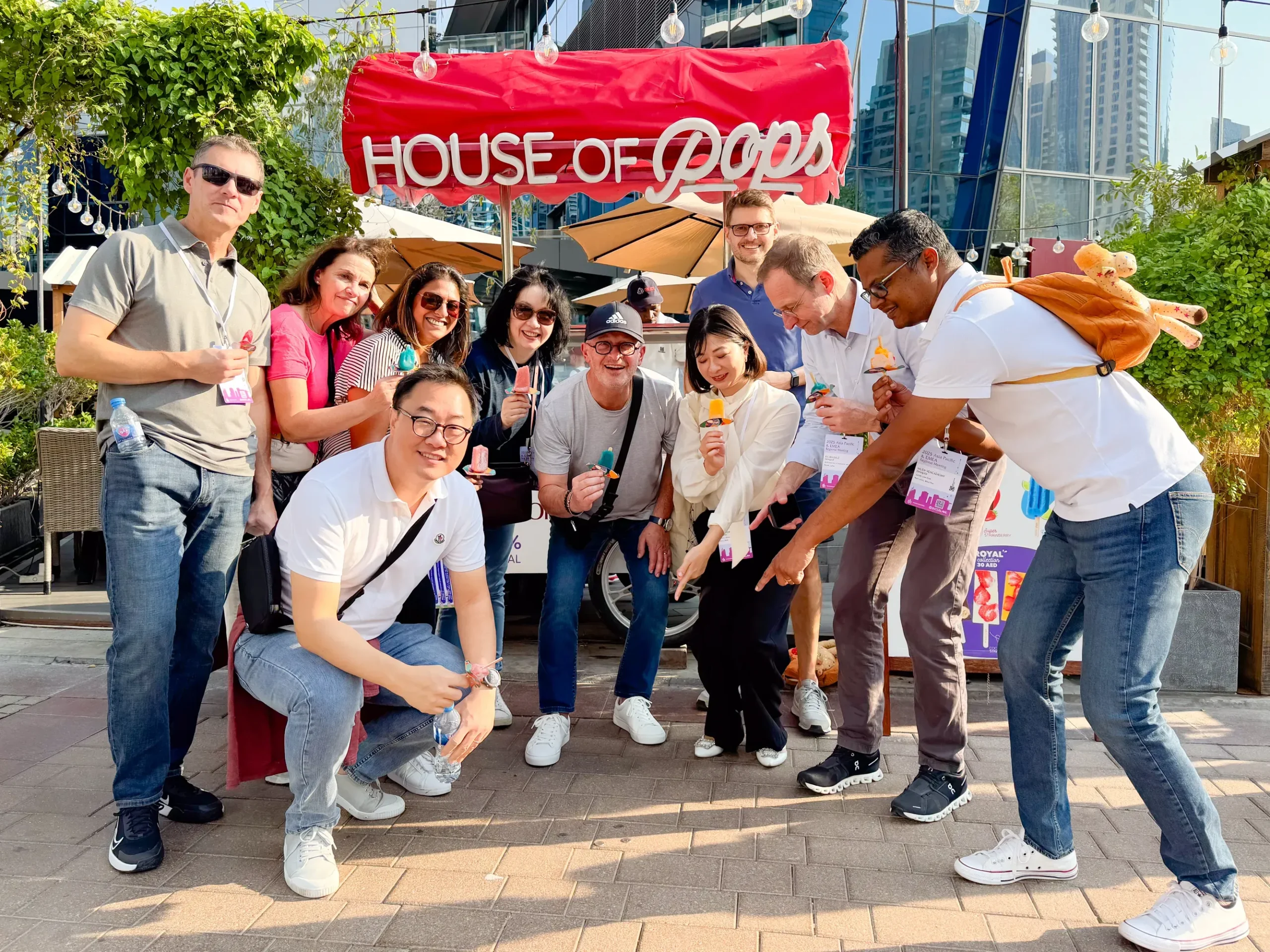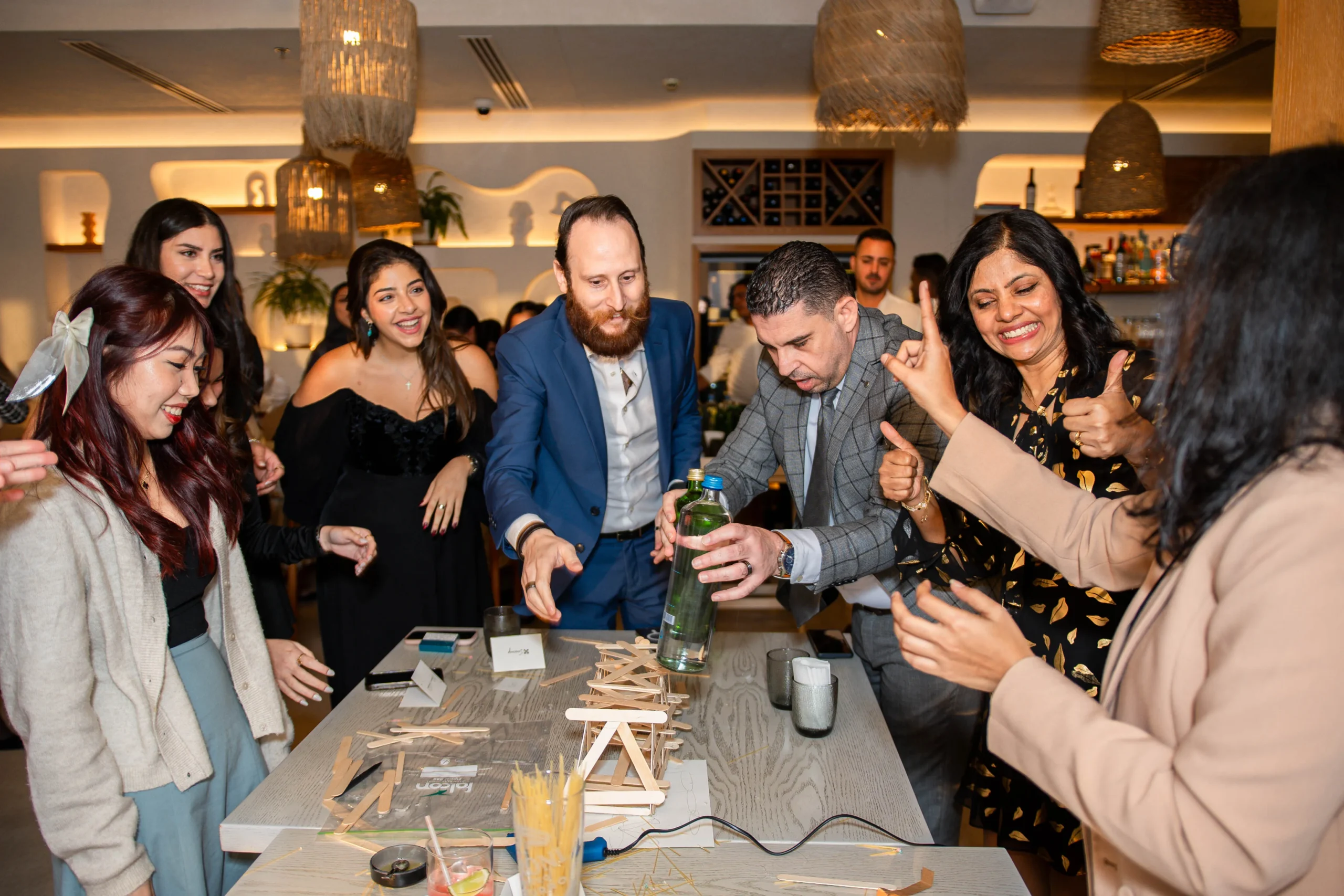In today's competitive landscape, customer focus is no longer a luxury; it's a necessity. Companies that prioritize customer needs consistently outperform those that don't. But fostering a truly customer-focused team requires more than just good intentions. It requires a clear understanding of customer satisfaction, experience, and service, and how these elements work together to create loyal brand advocates. At BoredroomX, a leading team-building company in Dubai, we are passionate about helping companies build high-performing teams while prioritizing customer success.
This blog delves into the key components of building a customer-focused team. We'll differentiate between customer satisfaction, experience, and service, explore strategies for fostering a customer-centric culture, and provide valuable tips for building strong customer relationships.
Understanding the Customer Journey: Satisfaction, Experience, and Service
While the terms are often used interchangeably, there are distinct differences between customer satisfaction, experience, and service:Customer Satisfaction:
This refers to a customer's overall feeling about a product, service, or interaction with a company. Here's a deeper dive into understanding satisfaction:- Meeting Expectations: Satisfaction is measured by how well a company meets a customer's expectations. Did the product perform as advertised? Was the customer-service interaction helpful and efficient? If a customer's expectations are met or exceeded, they are likely to be satisfied.
- Emotional Response: Satisfaction is also an emotional response. A positive customer service interaction can leave a customer feeling happy and valued. Conversely, a negative experience can lead to frustration or disappointment.
- Single-Interaction Focus: Satisfaction is often tied to a specific interaction with a company. For example, a customer might be satisfied with a single purchase or a helpful interaction with a customer service representative.
Customer Experience:
This encompasses the entire journey a customer takes with your brand, from initial awareness to post-purchase interactions. Here's a breakdown of the customer experience:- Multiple Touchpoints: The customer experience includes all touchpoints a customer has with your company, both online and offline. This includes marketing materials, website interactions, social media interactions, in-store experiences, customer service interactions, and product use.
- Holistic Perception: The customer experience is a broader concept than satisfaction. It encompasses the customer's entire perception of your brand, from the initial marketing message to the ongoing support they receive after purchase.
- Emotional Journey: The customer experience is an emotional journey. A company's goal is to create a positive emotional journey for customers at every touchpoint.
Customer Service:
This refers to the specific interactions a customer has with your company's representatives. Here's a closer look at customer service:- Resolving Issues: Customer service is about resolving customer issues efficiently and effectively. This includes answering questions, addressing complaints, and providing technical support.
- Building Rapport: Excellent customer service representatives can build rapport with customers and create a positive experience, even when addressing a problem.
- One Part of the Experience: Customer service is a crucial element of the customer experience, but it's just one piece of the puzzle. A positive customer service interaction can contribute to a positive overall experience, but it doesn't guarantee it.
The Synergy: How Satisfaction, Experience, and Service Work Together
Building a customer-focused team requires understanding how these elements work together.- Satisfaction Drives Experience: Positive customer service interactions can lead to satisfaction with a specific interaction. However, consistent satisfaction across all touchpoints is necessary to create a positive overall customer experience.
- Experience Drives Loyalty: A positive customer experience fosters loyalty and encourages repeat business. Loyal customers are more likely to recommend your brand to others and become brand advocates.
- Service supports both: Excellent customer service is essential for both satisfaction and experience. By resolving issues efficiently and exceeding expectations, customer service representatives can turn a negative experience into a positive one and contribute to overall customer satisfaction.
Building a Customer-Centric Culture: Strategies for Success
Here are some key strategies to cultivate a customer-centric culture within your organization:- Hire customer-focused people: Seek out employees who demonstrate empathy, strong communication skills, and a genuine desire to help others. Look for individuals who are passionate about your brand and understand the importance of customer relationships.
- Invest in Customer Service Training: Equip your team with the skills necessary to deliver exceptional service consistently. Training should cover effective communication techniques, problem-solving strategies, and product knowledge.
- Empower Your Team: Empower your customer service representatives to make decisions and resolve issues without layers of bureaucracy. This shows trust in your team and allows them to provide faster, more personalized service.
- Gather and Act on Customer Feedback: Actively seek customer feedback through surveys, reviews, and social media interactions. Analyze this feedback and use it to identify areas for improvement and optimize your customer experience.
- Celebrate Customer Wins: Recognize and celebrate instances of exceptional customer service within your team. This reinforces the importance of customer focus and motivates others to provide outstanding service.
Beyond Service: Building Strong Customer Relationships
While excellent customer service is crucial, building a customer-focused team goes beyond simply resolving issues. Here are some additional strategies to foster strong customer relationships:- Personalization: Go beyond the transactional and personalize your interactions with customers. Remember their past purchases, preferences, and needs. A personalized touch can go a long way in building rapport.
- Proactive Communication: Be sure to come to you with questions or problems before customers come to you. Be proactive in communicating with them about product updates, special offers, and any issues that might impact their experience.
- Exceed Expectations: Look for opportunities to go the extra mile and exceed customer expectations. A small gesture of goodwill can create a lasting positive impression.
- Build a Community: Create a sense of community around your brand. Engage with your customers on social media, host customer events, and involve them in product development. This fosters a sense of belonging and loyalty, turning customers into brand advocates.
The Role of Team Building in Building a Customer-Focused Team
Team-building activities can be a powerful tool for fostering a customer-centric culture within your organization. Here at BoredroomX, we offer a variety of team-building activities specifically designed to target the following areas:-
Promote Empathy:
- Customer Service Simulations: Our activities can simulate real-world customer service scenarios. This allows team members to step into the shoes of a customer and experience the challenges they face firsthand. By experiencing these challenges, team members can develop a deeper understanding of customer needs and frustrations.
- Role-Playing Exercises: Role-playing exercises can be used to help team members practice active listening, communication, and problem-solving skills in a customer service context. This allows them to develop empathy for customers and learn how to navigate difficult situations effectively.
-
Improve communication and collaboration:
- Collaborative Challenges: Our team-building activities often involve collaborative challenges that require team members to work together towards a common goal. This fosters communication, collaboration, and problem-solving skills, all of which are essential for delivering exceptional customer service.
- Communication Skills Workshops: In addition to team-building activities, we can also offer workshops specifically designed to improve communication skills. These workshops can help team members learn how to communicate clearly, concisely, and professionally with customers.
-
Develop problem-solving skills:
- Creative Problem-Solving Activities: Many of our team-building activities are designed to encourage creative problem-solving. By working together to overcome challenges, team members can develop their critical thinking skills and learn to approach problems from different perspectives. This is essential for resolving customer issues efficiently and effectively.
- Scenario-Based Activities: We offer scenario-based activities that present teams with unexpected challenges. By working together to find solutions, team members can develop their ability to think on their feet and adapt to changing situations, a valuable skill in the fast-paced world of customer service.
-
Build trust and rapport:
- Team-Building Games: Engaging in team-building games can help break down barriers and build trust among team members. This creates a more collaborative and supportive work environment, which is essential for delivering cohesive customer service.
- Shared Experiences: Participating in shared experiences through team-building activities can help team members bond and develop a sense of camaraderie. This fosters a more positive and supportive work environment, ultimately leading to a better customer experience.








